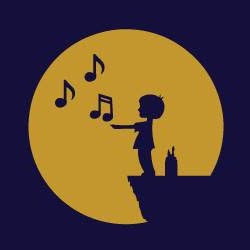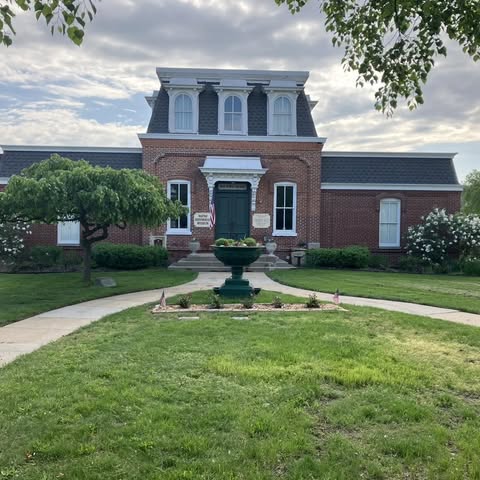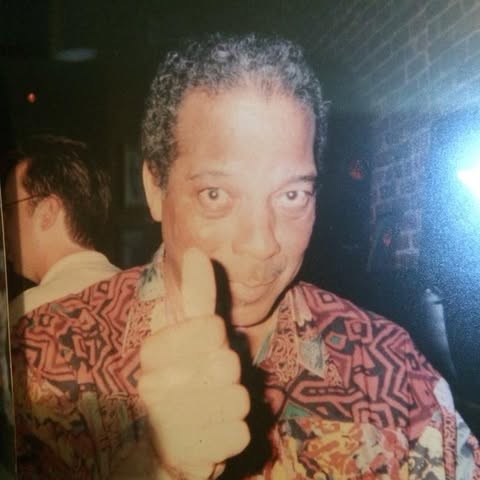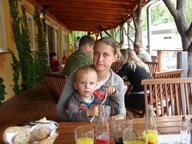
Jmv Art Preservation Foundation
Artbees is a leading producer of #WordPress themes, plugins & services | Maker of #JupiterXWP #Growmatik #SellKit The Foundation desires to give the American people, especially the young, a new awareness of the beau TO PROMOTE AN UNDERSTANDING AND APPRECIATION OF THE AMERICAN MUSICAL PLAY AND AMERICAN FILM THROUGH BOOKS AND ARTICLES, EDUCATIONAL PROGRAMS AND LIVE PERFORMANCES.

ICO
260497302
11000
X (Twitter)
4460
Address
Wayne
Home | Preserve Old Broadway Purchase Our Book on Amazon Foundations Vision Mission Sponsors Donations INTRODUCTION TO JMV ART PRESERVATION FOUNDATION Welcome to the Foundation. You are coming to a new website and it is normal for you to read about uswhat we do who we are. After all you dont know us. And in a minute we will do just that.
From Social media
News about from their social media (Facebook and X).
Data about organisation
Education N.E.C. Category
Organisations with similar rank to Jmv Art Preservation Foundation in category Education N.E.C.

487. MCKENNA ACADEMY OF NATURAL PHILOSOPHY INC
Harmony with nature via education, ethnobiological exploration and indigenous wisdom engagement .

488. Jmv Art Preservation Foundation
The Foundation desires to give the American people, especially the young, a new awareness of the beau.

489. VINEVEGANISM IS THE NEXT EVOLUTION
LGBTQ-led farmed animal sanctuary.

490. Jcahpo Education & Research Foun- Dation Inc
The International Joint Commission on Allied Health Personnel in Ophthalmology (IJCAHPO) offers certification and continuing education opportunities to Allied Ophthalmic Personnel (AOP).
Wayne
Organisations from Jmv Art Preservation Foundation

19. TAKE BACK THE NIGHT FOUNDATION
Please Note: Take Back The Night Foundation does not endorse, support or otherwise condone the activities, practices or statements of those (entities, individuals etc.

20. Take Back the Night Outreach Foundation
Please Note: Take Back The Night Foundation does not endorse, support or otherwise condone the activities, practices or statements of those (entities, individuals etc.

21. Jmv Art Preservation Foundation
The Foundation desires to give the American people, especially the young, a new awareness of the beau.

Our mission is to display, preserve and promote the history of the city of Wayne, Michigan.

23. INTERNATIONAL TECHNICAL RESCUE
ITRA is a non-profit global network for those involved in technical rescue.
Similar organisations
Similar organisations to Jmv Art Preservation Foundation based on mission, location, activites.

51 years.

The Copyright Society is the country’s premier organization for copyright professionals.

Reconsider is a non-profit organization that redefines our reality and empowers you to live fully.

Asase Yaa Cultural Arts Foundation Inc
Asase Yaa Cultural Arts Foundation is a 501c3 non-profit organization that is dedicated to fulfilling.
Similar Organisations Worldwide
Organisations in the world similar to Jmv Art Preservation Foundation.

THE ORGANISATION FOR NEW MUSIC AND SOUND (uk)
Sound and Music is the national organisation for new music.

Community Albums is about giving people a voice and being heard; It's about building better communities through music and media.

Storytellers in Sound.

HARRISON/PARROTT FOUNDATION (uk)
HarrisonParrott is a leading international classical music artist management group.

SMALL WORLD MUSIC SOCIETY (ca)
BREAKING DOWN WALLS THROUGH THE POWER OF MUSIC.
Interesting nearby
Interesting organisations close by to residence of Jmv Art Preservation Foundation

Jmv Art Preservation Foundation
The Foundation desires to give the American people, especially the young, a new awareness of the beau.

Horizons Greater Philadelphia Inc
Horizons Greater Philadelphia is a transformational, community-centered education program proven to close the opportunity gap.
Similar social media (15460)
Organisations with similar social media impact to Jmv Art Preservation Foundation

45797. Jmv Art Preservation Foundation
The Foundation desires to give the American people, especially the young, a new awareness of the beau.

45798. Southern Nazarene University Foundation
Founded in 1899, Southern Nazarene University is a private, Christian, liberal arts university.

We are on the frontlines every day, rescuing and preventing from homelessness and sex trafficking.
Join us and make a difference for the future!
Sign Up
Please fill in your information. Everything is free, we might contact you with updates (but cancel any time!)
Sign in with GoogleOr
Good News
Today, we celebrate the beautiful moment when 72-year-old Rosalba Casas in Colombia finally had the quinceañera she never experienced! 💖✨ Proof that it's never too late to fulfill a dream! #GoodNews #Inspiration #Positivity
Grandmothers in Colombia get the quinceañera they never had
Yahoo
Like Comment"When skiing in Morzine, you're not just hitting the slopes—you're gliding alongside a majestic white-tailed eagle! 🦅🌄 It's a powerful reminder of conservation's impact, as this stunning bird, nearly extinct, soars once again. Let's celebrate sustainable tourism! #GoodNews #Conservation"
Skiing with eagles in the Alps: Inside one of France's most sustainable ski resorts
Yahoo
Like Comment🌞 Exciting news from Kentucky! A $130 million solar facility project is set to transform the power grid and create meaningful economic opportunities. Clean energy is paving the way for a brighter and more sustainable future! 🌱 #RenewableEnergy #PositiveChange #CommunityGrowth
Utility company announces $130 million project that will transform power grid: 'Meaningful economic opportunities'
Yahoo
Like Comment










